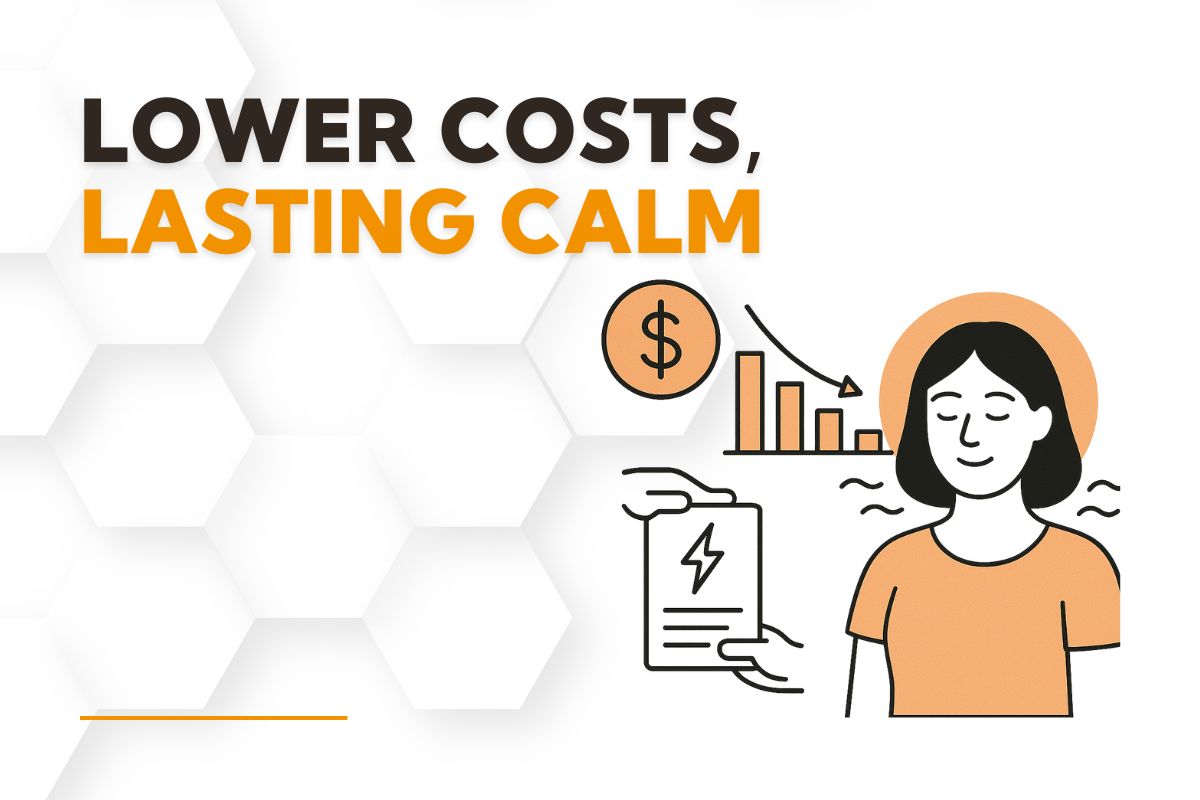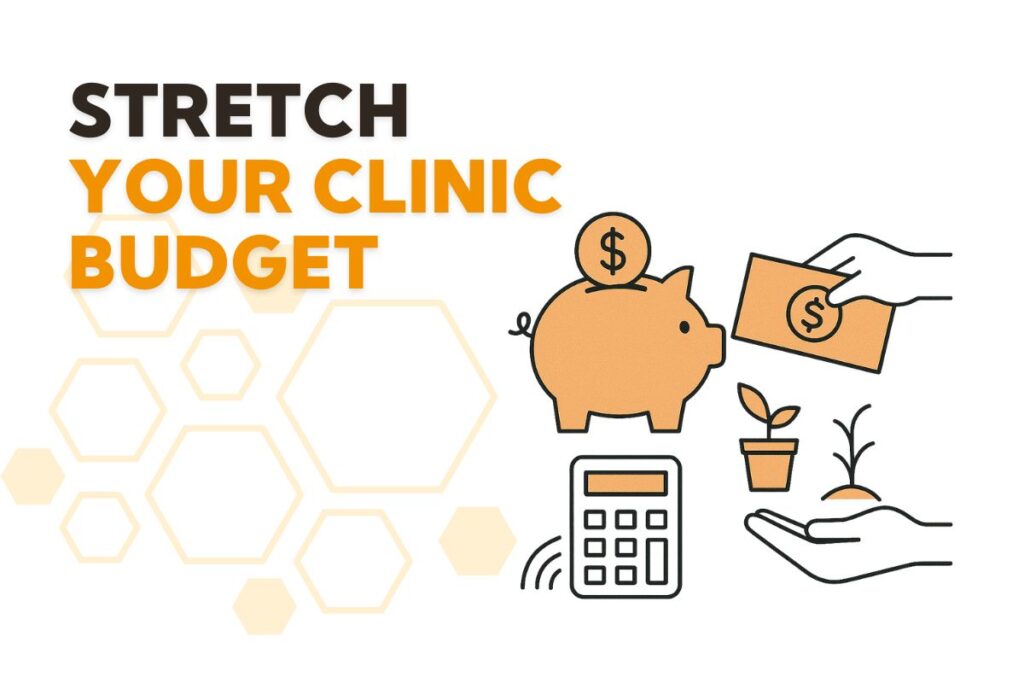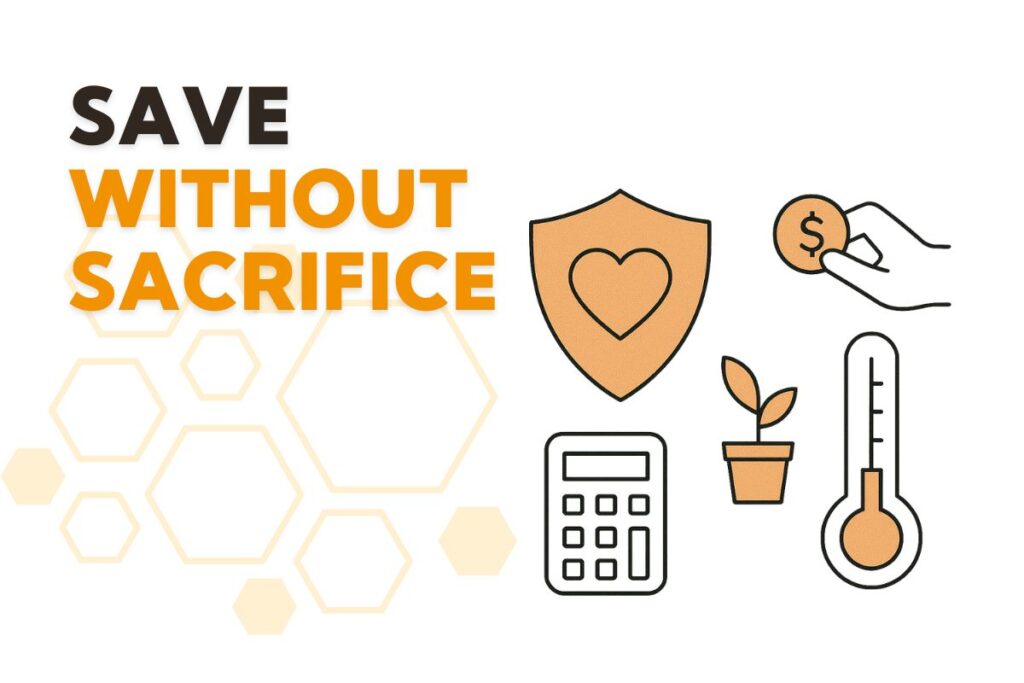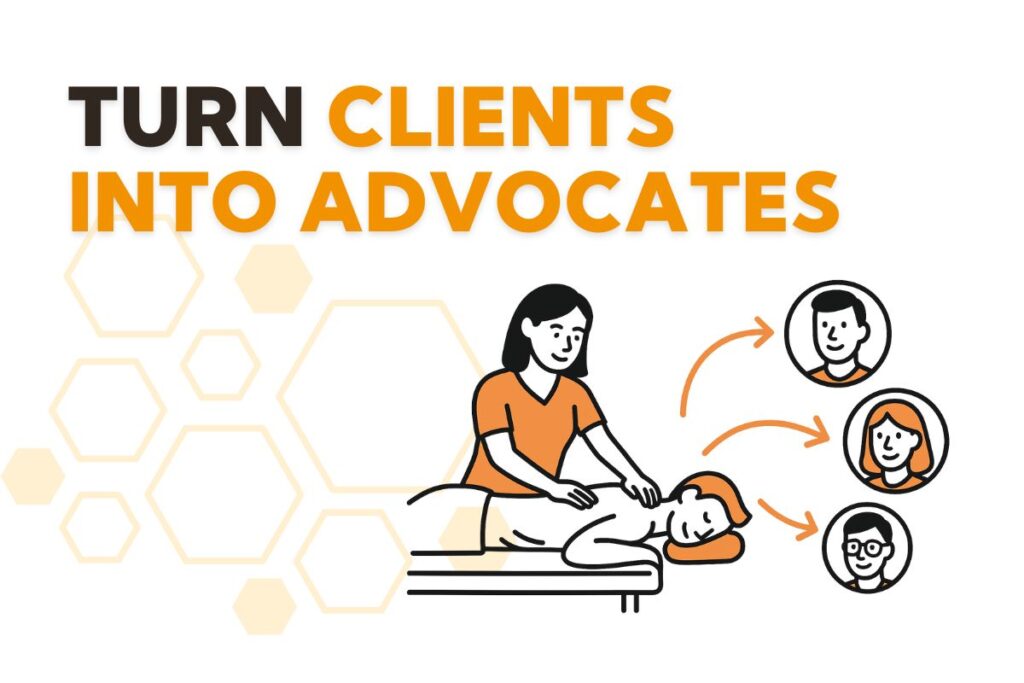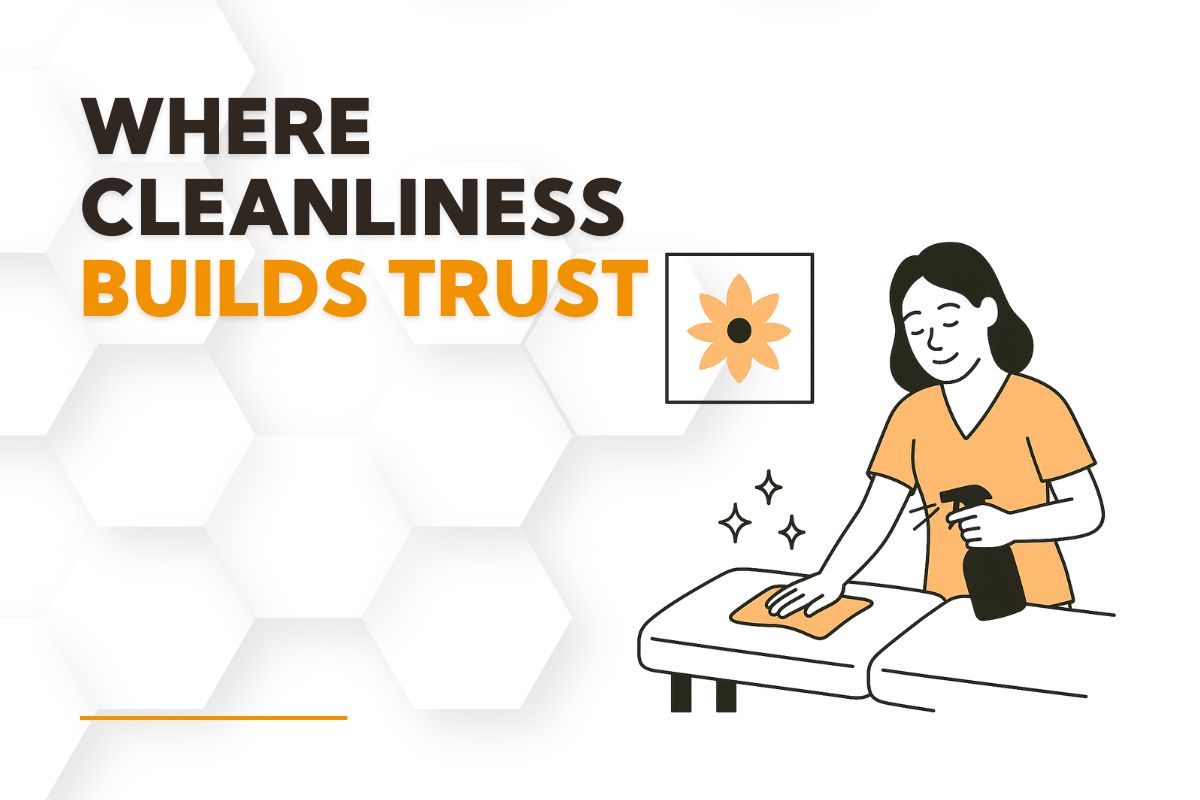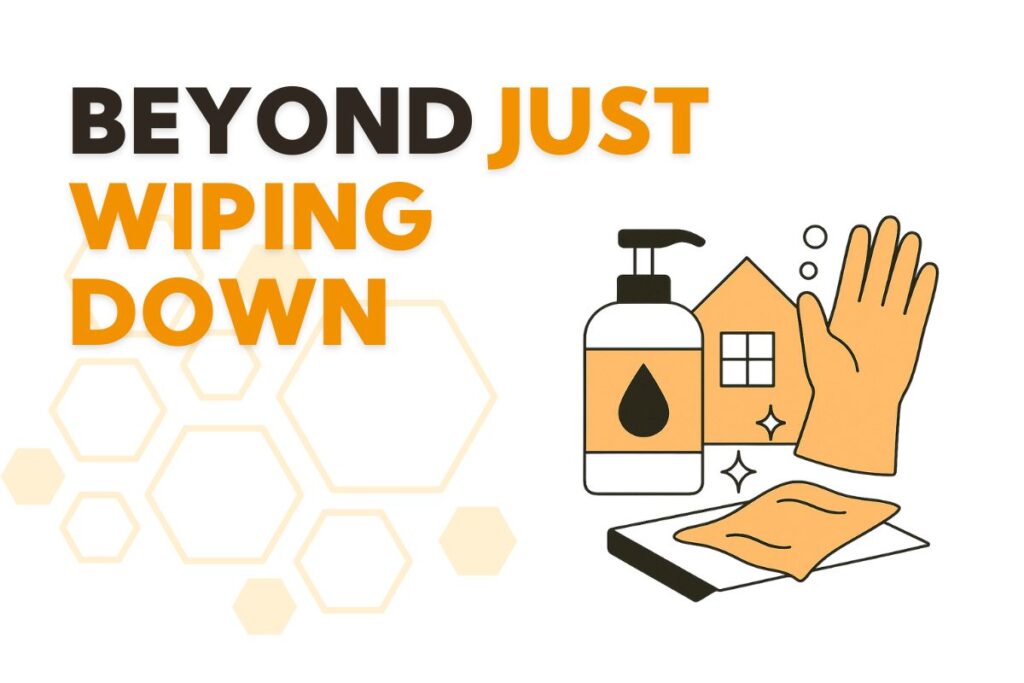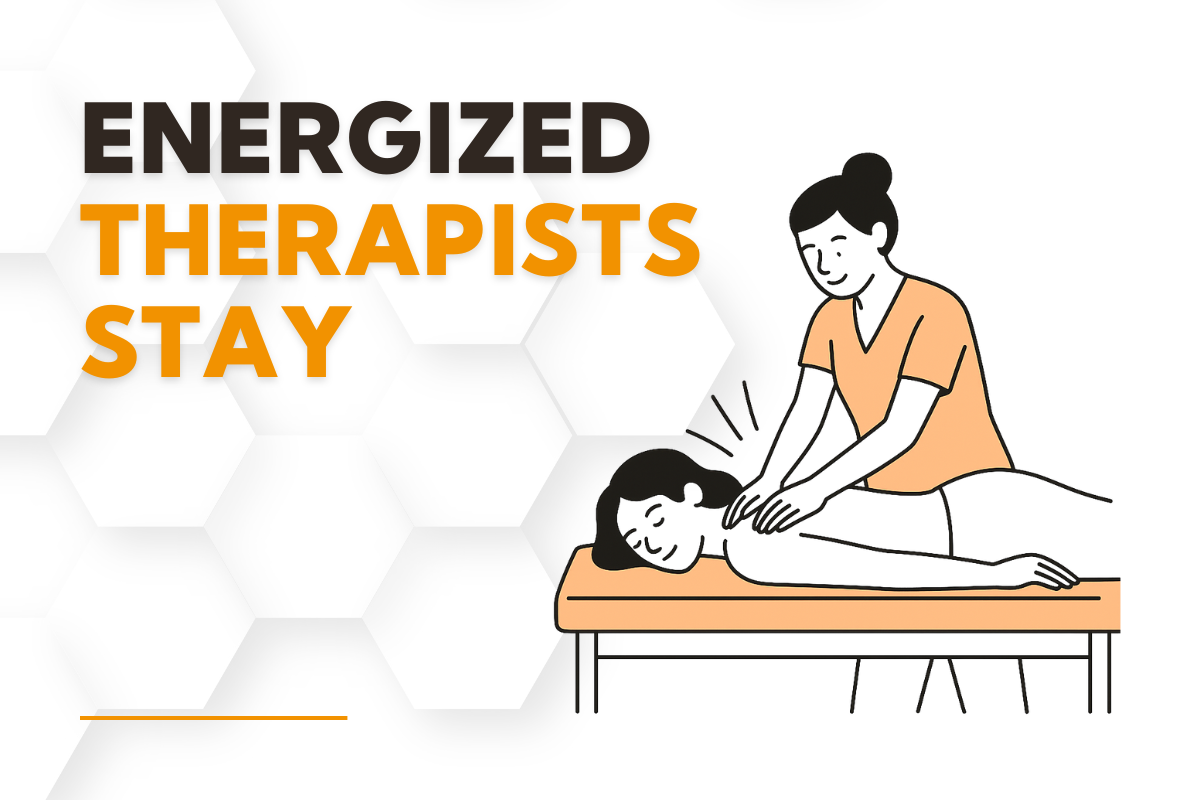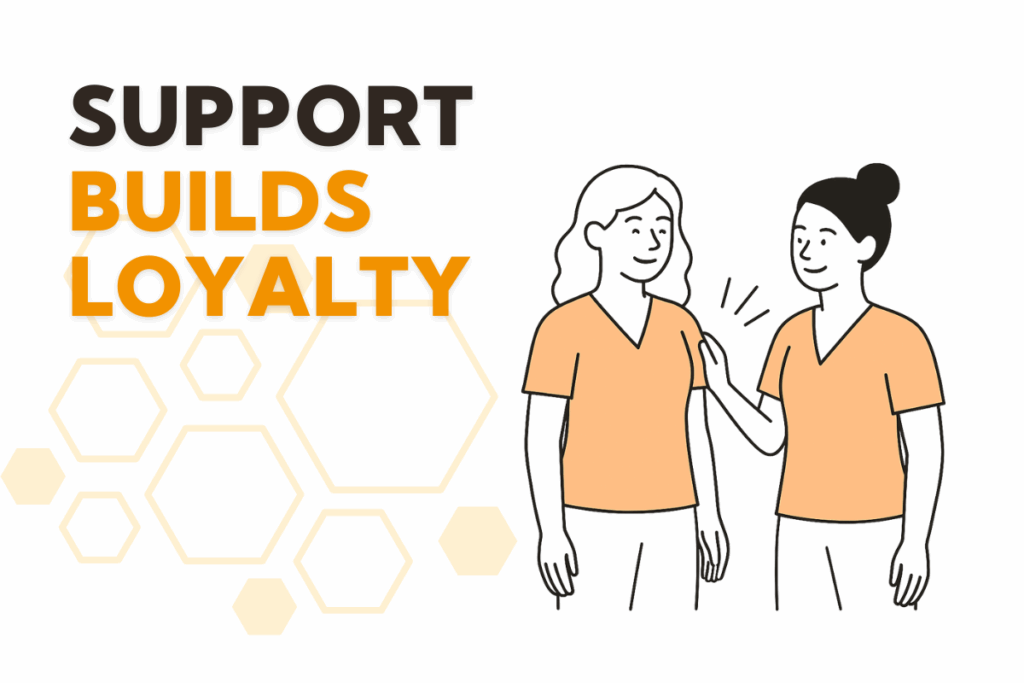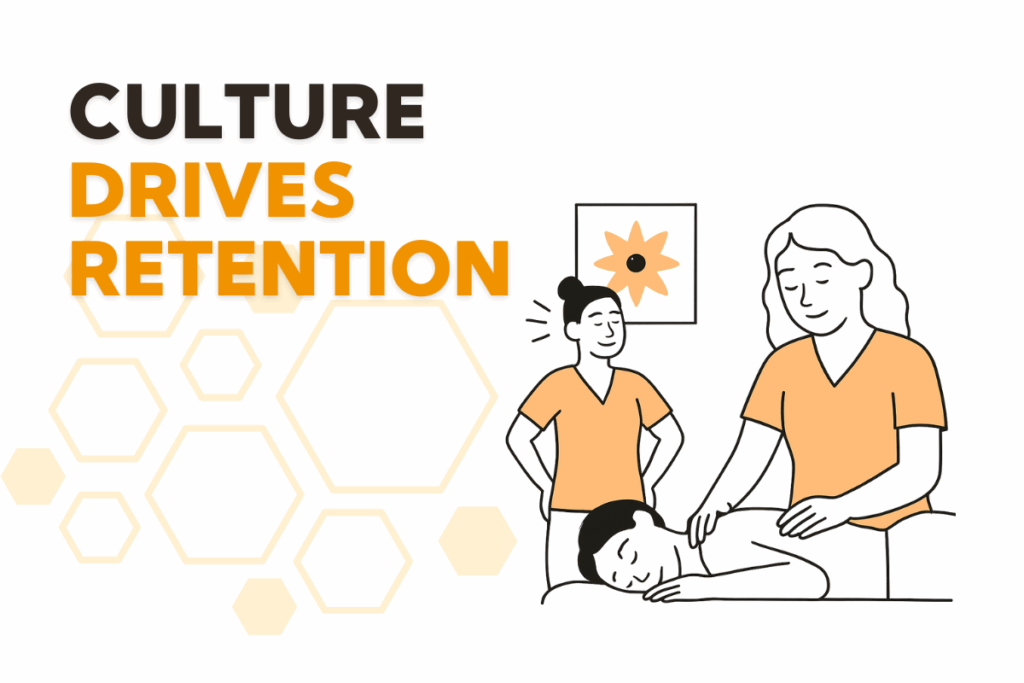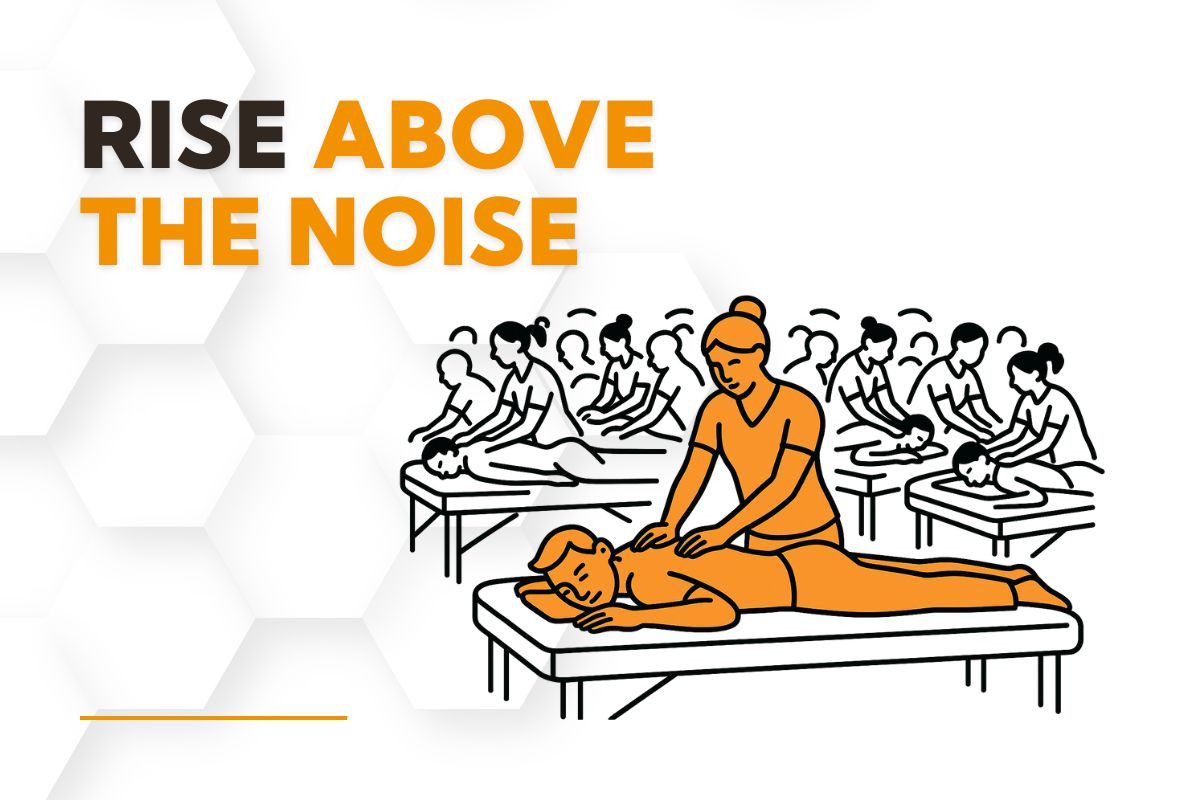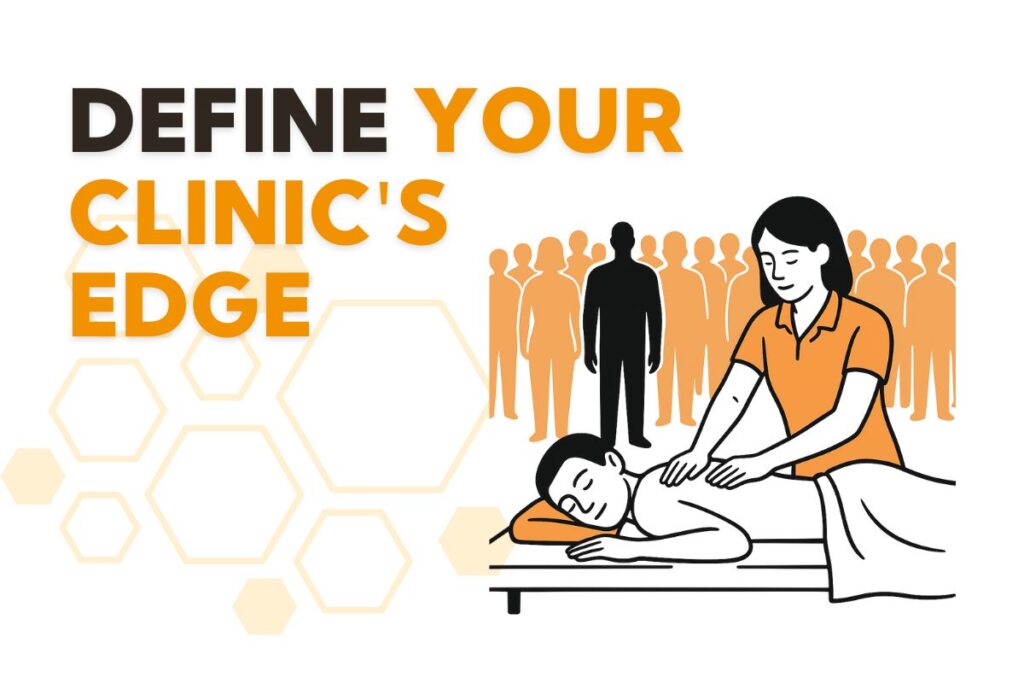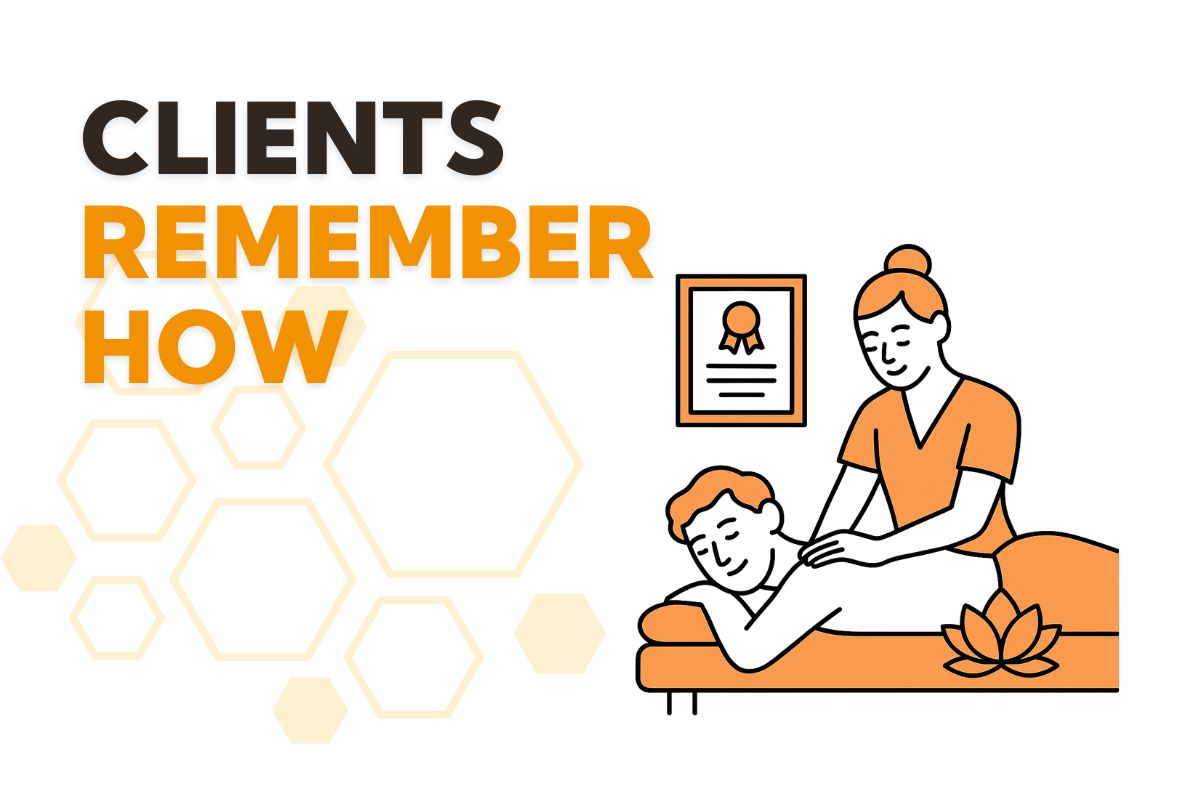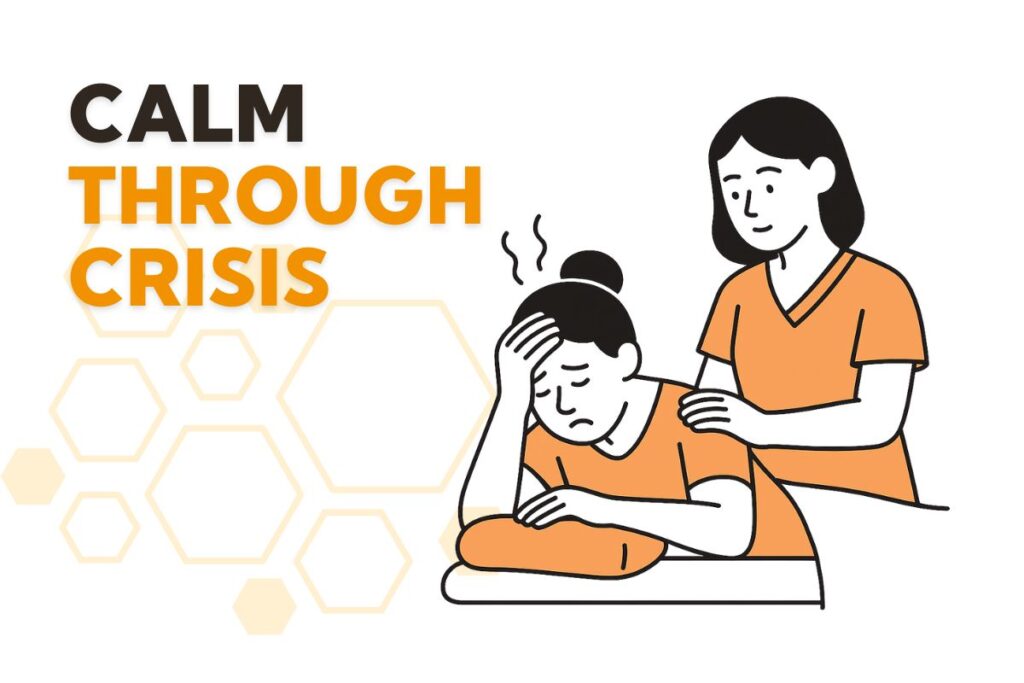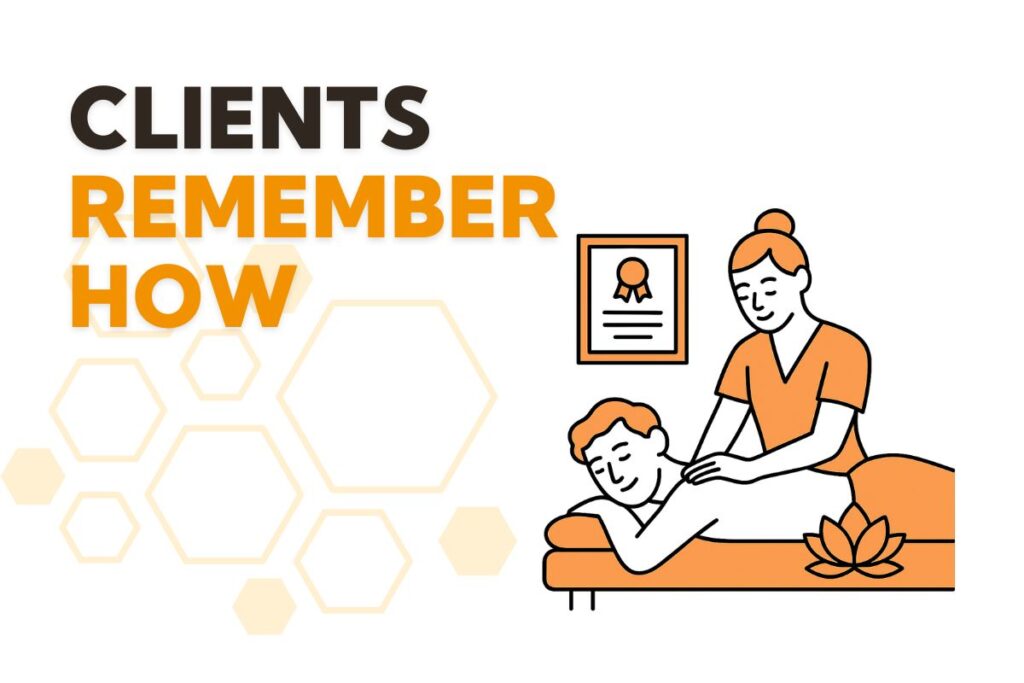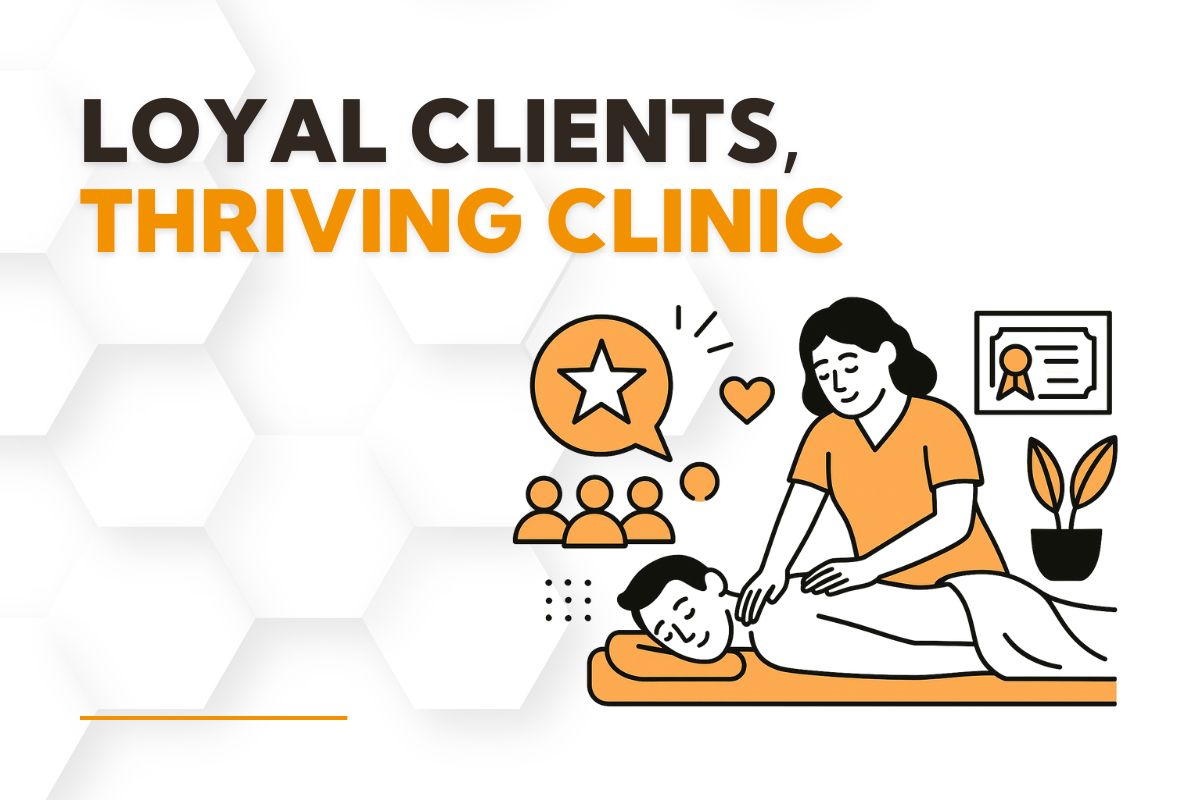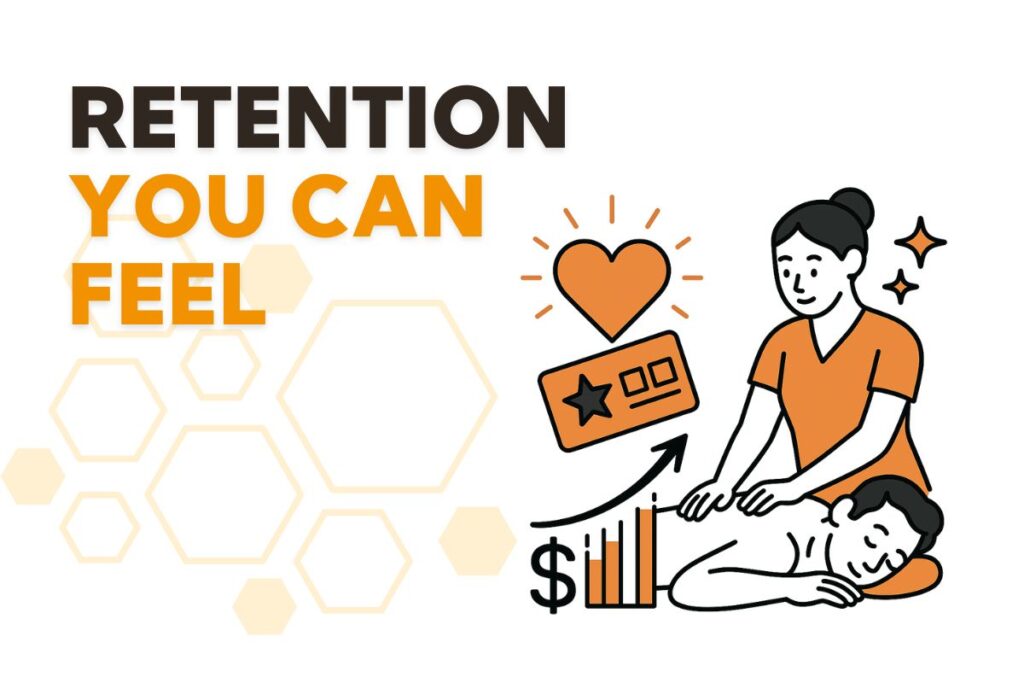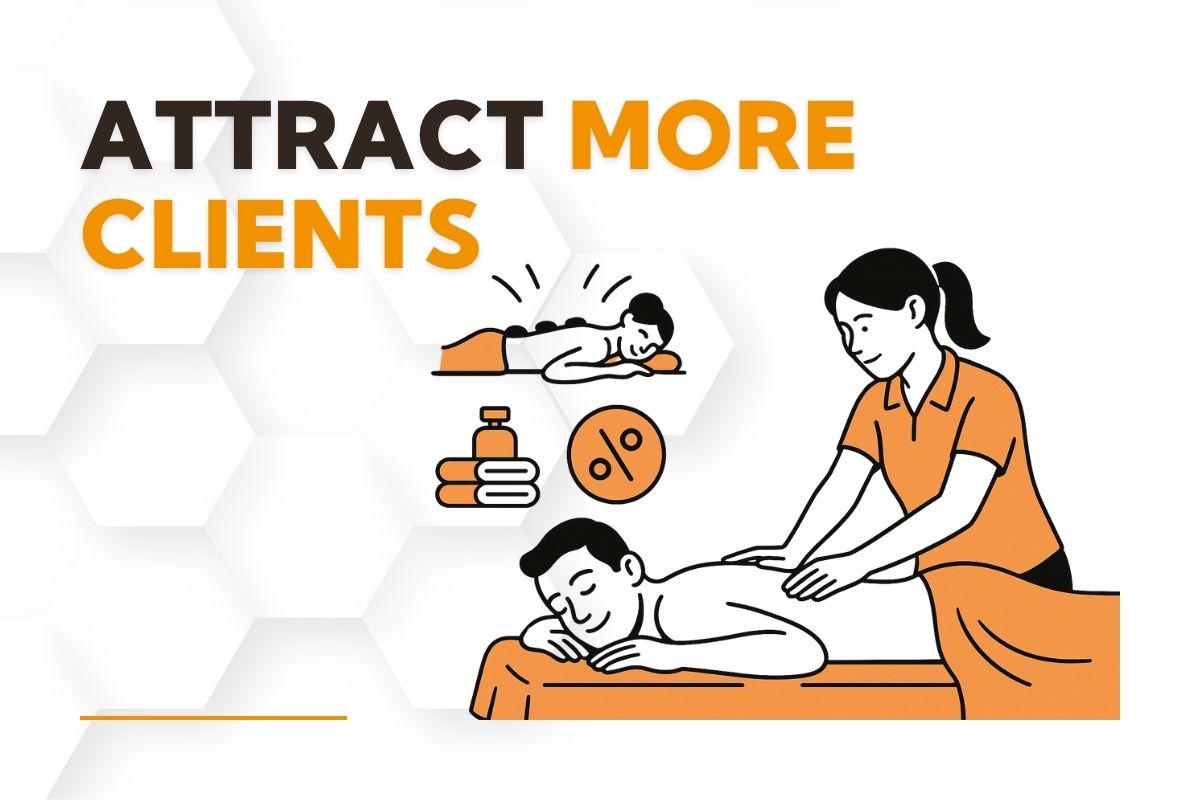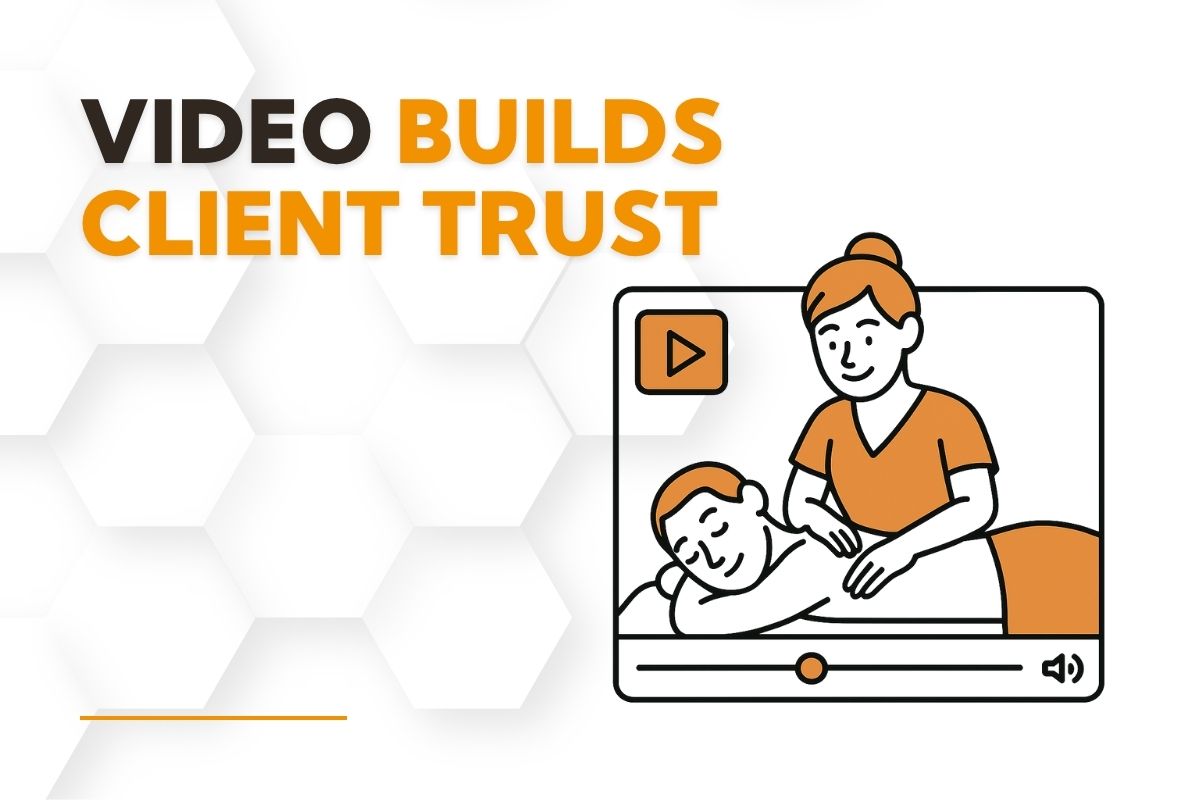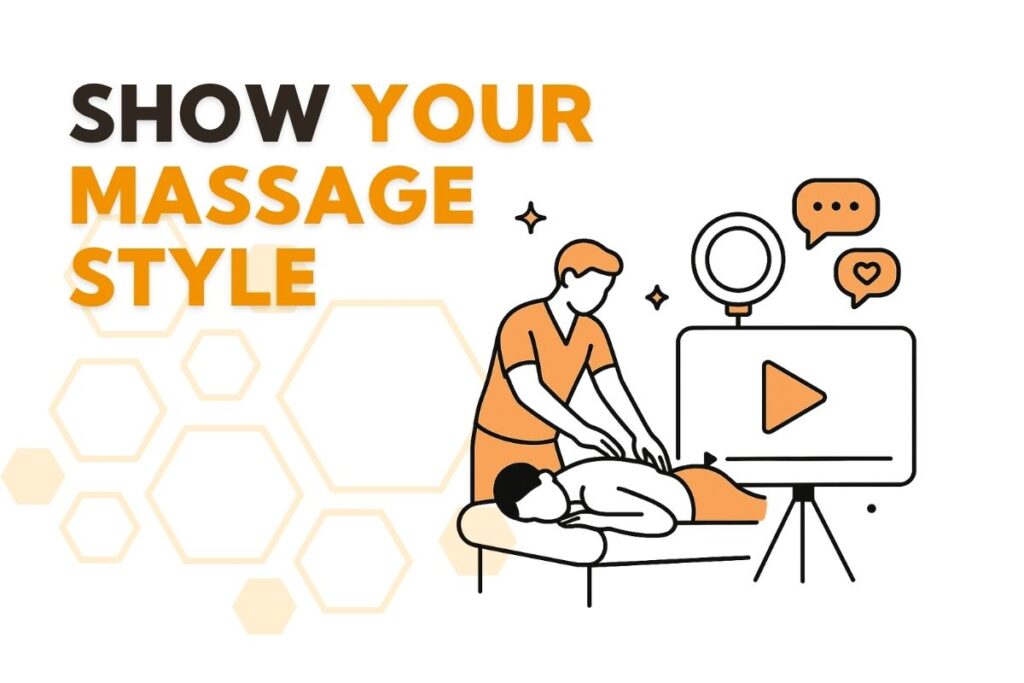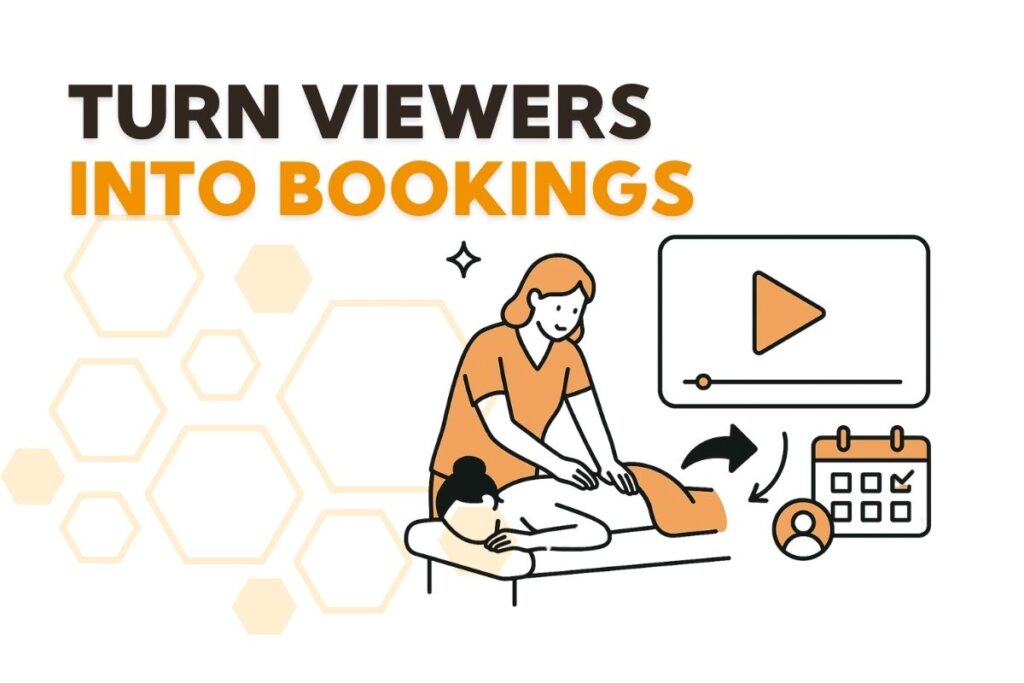To keep human warmth, picture a day where three clients reschedule, two reply late, and you are moving fast between rooms. You still care deeply, yet your words feel shorter, your follow-ups sound like templates, and the quiet between visits grows. This guide is a practical, therapist-first path to protect connection without slowing your clinic.
What losing the warmth looks like in a busy clinic
You can feel it when screens take center stage. A thank-you text lands, but no reply. Rebooking prompts get ignored. You and your team care, but tone shifts toward neutral. It becomes harder to keep human warmth when schedules are full, and the real cost is trust and continuity of care.
Why keep human warmth is a clinical advantage
A strong therapeutic alliance is not soft skill fluff. It is clear goals, consent, plain words, and a steady sense that the client matters. When you keep human warmth, clients understand plans, follow through on self-care, and return sooner when they need help. Warmth is a clinical lever.
Where connection is won or lost
Before the visit: booking, reminders, and consent
Your reminder should make action easy and respect consent. A simple script works:
- “Hi Maya, looking forward to seeing you Friday at 4 pm. Reply C to confirm or R to reschedule. Text STOP to opt out anytime.”
- If your team needs reliable reminders, consider massage clinic email reminders to keep timing consistent while you keep human warmth in your wording.
- For clarity on privacy rules in the United States, see the official guidance from HHS on appointment reminders and HIPAA: HHS resource.
During the visit: micro-moments that say “you matter”
Small choices show care. Use the client’s preferred name. Set a one-line agenda. Check in with plain words. Tell them how time will be used. These micro-moments keep human warmth even when the schedule is tight.
After the visit: follow-ups that feel human
Specifics beat generic notes:
- “You mentioned reaching overhead bothers your right shoulder. How did it feel when you put dishes away tonight? If it pinches, reply PINCH and I will send a quick stretch.”
- Invite one action. Mention one goal. When your booking path is simple, it is easier to keep human warmth while clients self-serve. If you need a clean path from text to appointment, try massage clinic online scheduling.
Five communication principles that protect warmth
When time is tight, these principles help you keep human warmth without writing long messages.
Consent first, always
Capture how clients prefer to hear from you. Make opt-out simple. Save sensitive details for secure channels.
Name something real
Reflect one detail from intake or today’s session. Authentic specifics read as care, not automation.
One ask per message
Ask to confirm, or offer a stretch, or request feedback. Not all three.
Plain words over clinic jargon
Short sentences. Familiar words. Action the client can take today.
Time signals build trust
End with what happens next and when you will check in. Clear timing helps you keep human warmth between visits.

Copy-and-use message library
Reminder with consent language
“Hi Maya, looking forward to seeing you Friday at 4 pm. Reply C to confirm or R to reschedule. Text STOP to opt out anytime.”
Post-session check-in
“You said the right shoulder aches with overhead reach. How did it feel when you put dishes away tonight? If it pinches, reply PINCH and I will send a quick stretch.”
Goal-based rebooking prompt
“You set a goal to sleep through the night without shoulder wakeups. Would you like the next 45-minute tune-up in 2 or 3 weeks?”
Team rituals that keep connection alive
Rituals make it easier to keep human warmth across a whole team.
Two-minute huddles
Share who needs extra care, any access needs, and any follow-up promises due.
The golden note
After each session, add one personal detail to the chart so the next message feels real.
Warm handoffs
When clients rotate therapists, pass one human line from provider to provider to preserve continuity.
Respectful texting basics for clinics
Keep messages short, useful, and purpose driven. Offer a simple opt out. Move personal health details to secure channels. These habits keep human warmth while protecting privacy.
Measure what clients actually feel
Simple metrics to track monthly
- Reply rate to check-ins and reminders
- No-show and late-cancel rate before and after script updates
- Rebooking within 30 days
- A one-line “felt cared for” pulse in feedback
Review a few threads together each month. Ask if your words were specific, human, timely, and consent-aware. Keeping this loop simple helps you keep human warmth at scale.

Troubleshooting when warmth slips
Clients stop replying
Reduce frequency, personalize the first line, and ask for one clear action.
Messages feel robotic
Add one session-specific sentence and a human sign-off. Avoid stacked links.
Team is overwhelmed
Batch replies into one daily block. Use a short template, then add a single human line to keep human warmth.
Your 14-day warmth reset
Days 1 to 2: Map touchpoints
List each client touchpoint from booking to follow-up. Note consent preferences.
Days 3 to 5: Train micro-moments
Role play name use, agenda setting, and plain-language check-ins.
Days 6 to 9: Launch respectful reminders
Send only what helps the client act now. Track replies and missed visits. This is how you keep human warmth while improving attendance.
Days 10 to 14: Hold warmth reviews
Read five recent client threads together. Keep what works. Trim what does not.
A word from The Hivecommunity
You became a therapist to help people feel safe, seen, and cared for. Systems should support that, not hide it. With a few steady habits, you can keep human warmth in every touchpoint and feel like yourself again.
FAQs
Tie messages to value. Appointment-tied messages and brief weekly check-ins work well when they are useful, easy to act on, and include a clear opt out.
Use the client’s words, name one shared goal, and write in plain language. Short and specific reads as care, not copy.
Yes. Clear and timely reminders help clients act. Make the ask simple and provide an easy path to rebook or reschedule.
Keep SMS minimal. Use secure channels for sensitive details. In the U.S., appointment reminders are allowed as part of treatment under HIPAA.


